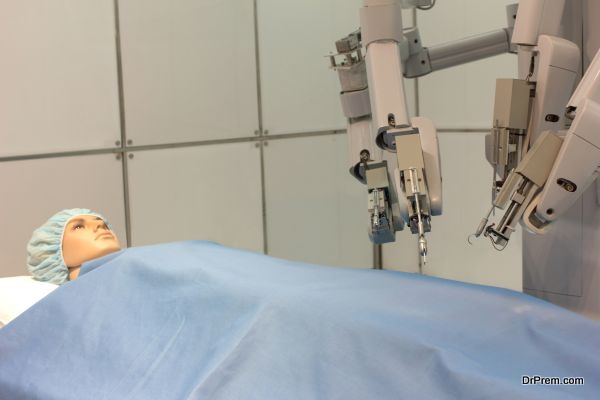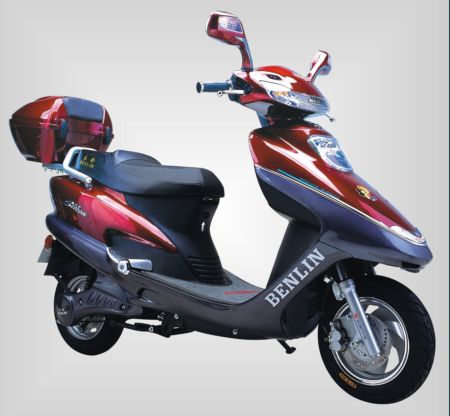Technological innovation has increased manifold over the previous few decades. In recent times, however, machines have started entering the field of cognition too. The sophisticated robots and software can now recognize various patterns and offer good insight into aspects like research, fraud detection, auditing, and much more. Productivity of robots is far superior to that of humans. This can surly be a great impact on millions of jobs worldwide.
Why automation is scary for humans
A new report from Citi and the Oxford Martin School explores how job automation can make countries and cities vulnerable.This report is based on the 2013 report by Carl Frey and Michael Osborne, which had shown that there is a good chance of automation of around 47% of jobs in the US within a decade or so. The present Citi report has harnessed fresh World Bank data to show that job automation may impose significant risk to almost all countries, ranging from 55% in Uzbekistan to 85% in Ethiopia.
The reports indicates that a large number of human jobs may also be at risk in countries like China (77%) and India (69%). Apart from that, a new report published by the World Economic Forum supports the approaching arrival of the Fourth Industrial Revolution, which will transform labor markets within the next five years. This automation revolution may lead to a net loss of around five million jobs in 15 emerging and developed economies.
How technologywill kill human jobs
The World Economic Forum report indicates that developments in varied fields, such as artificial intelligence, robotics, machine learning, 3D printing, genetics and biotech, and nanotechnology, have been taking place at an enormous rate. This will not only impact business models, but will also alter the survival skills landscape.
In fact, the impact will be highest on administrative and white-collar jobs. The report estimates a loss of around 7.1 million jobs in total due to redundant skills, disintermediation, and automation. As sophisticated algorithms for big data can now perform even the most knowledge-driven tasks, the risk from automation of physical labor is increasing day by day.
Job areas to be affected most
From surgical robots to commercial service robots, automation can make them do even the most complex of jobs like cleaning, making food, and elderly care. In countries like Japan, robots are even handling the task of hotel receptionists. However, it can be difficult to replace jobs that require social intelligence displayed by humans only. The job fields requiring creative intelligence, perception, manipulation, or negotiation may not be affected by automation. According to the mentioned reports, jobs in logistics and transportation or office jobs are most susceptible.
The Survival Options
As more of low-skilled or service jobs can be the initial targets of automation, it is critical to develop the skills of people in such jobs. Upskilling the workforce can be an immediate solution for developing and emerging nations. It is important to train people for future jobs that could spring up in the fields of information and communication technology, or professional services, media, and entertainment.
Leaders globally should drive people towards STEM (science, technology, engineering, mathematics) professions that are likely to create more jobs as things gomore automated. Industries should focus more on mobility and job rotation. Additionally, different countries will face an impact differently. Thus, they should be involved in a regional analyses, as well as industry and occupation analyses to identify the future avenues for their working population.
As increasingautomation can affect most job areasnegatively, it is important for nations and industries to focus on skill upgradation and stability among workers.





